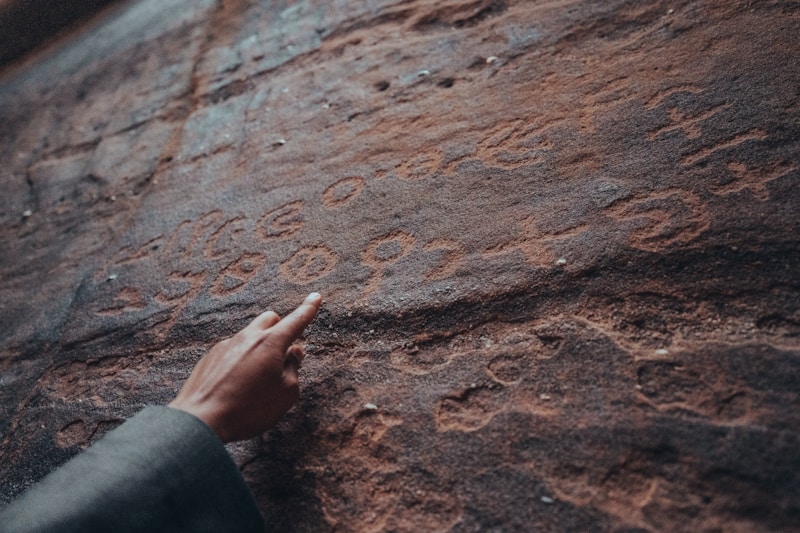Questions and Answers
What do the two smaller Japanese words that form the word 'origami' mean?
To fold and crumple
Before the term 'origami' was used, what was another form of paper folding for play called?
Tatamigami
Why has it been suggested that the word 'origami' was adopted in kindergartens?
Because it was easier for young children to write
What do the two smaller Japanese words 'ori' and 'kami' mean in English?
Signup and view all the answers
Before 'origami' became the common term for paper folding, what was another term used for paper folding for play?
Signup and view all the answers
Study Notes
Origins of Origami: Unfolding the History
Origami, the art of folding paper into intricate shapes and sculptures, has been captivating minds for centuries. But where did this joyful and meditative practice originate, and how has it evolved into the art form we know today?
Ancient Origins
Origami's history stretches back to ancient times, with its roots firmly planted in the East. Although the exact date of origami's inception remains disputed, it's believed to have emerged around the 6th century AD in Japan, with elements of paper folding found in older cultures like Ancient Egypt and China.
The first recorded mention of paper folding in Japan dates back to the year 610 AD, when the wife of Prince Shōtoku, Schōtoku-taimei, created paper cranes from Chinese silk. However, the term "origami" itself did not appear until the 1880s, coined by the Japanese art historian and scholar Akiko Yóko Kawasaki.
Early Influences
While the practice of paper folding in Japan was likely influenced by both China and Korea, the 16th century saw a significant growth in origami's popularity, thanks to the arrival of the senbazuru, or one-thousand-paper-cranes, tradition. The legend states that folding a thousand paper cranes grants a wish, and this custom has become synonymous with origami.
Origami's Spread
As traders and missionaries journeyed between Japan and other Asian countries, origami spread to regions like Korea, China, and Vietnam. In the 18th century, origami's popularity extended to Europe, where its intricate designs captivated the imagination of European mathematicians and philosophers.
In the 19th century, origami received a boost in recognition when Akira Yoshizawa, known as the father of modern origami, began to develop a systematic approach to the art form. Yoshizawa's works were published in several books, introducing the Western world to the intricacies and possibilities of origami.
Modern Origami
Today, origami continues to evolve as artists and enthusiasts experiment with new techniques and materials. Origami has been used in theater performances, fashion shows, and as an integral part of the work of contemporary artists like Robert J. Lang. The art form has also been integrated into the fields of mathematics, engineering, and architecture.
With its long and rich history, origami has transcended cultural boundaries, becoming a universal art form beloved by people of all ages and backgrounds. As new techniques and ideas continue to emerge, there is no doubt that origami's journey will continue to unfold, enchanting and inspiring generations to come.
Studying That Suits You
Use AI to generate personalized quizzes and flashcards to suit your learning preferences.
Description
Discover the fascinating history of origami, from its ancient origins in East Asia to its evolution into a universal art form. Explore how origami has transcended cultural boundaries and influenced fields like mathematics, engineering, and architecture.





